HOW many is too many; how much more than enough?! It makes me smile hearing commentators (invariably male) speak, seemingly with envy, of a colt retiring from the racetrack to a career at stud - as if the prospect of multiple different partners every day was a thing of beauty to behold, a just reward for services rendered!
Some of our more popular thoroughbred (TB) stallions cover four (occasionally five) mares each day, seven days a week for several months on end, with a teaser used to set the mare up. If they ‘enjoy’ their designated duties you might say ‘how bad!’. However, some novice stallions do go off the job if over-faced with maiden mares.
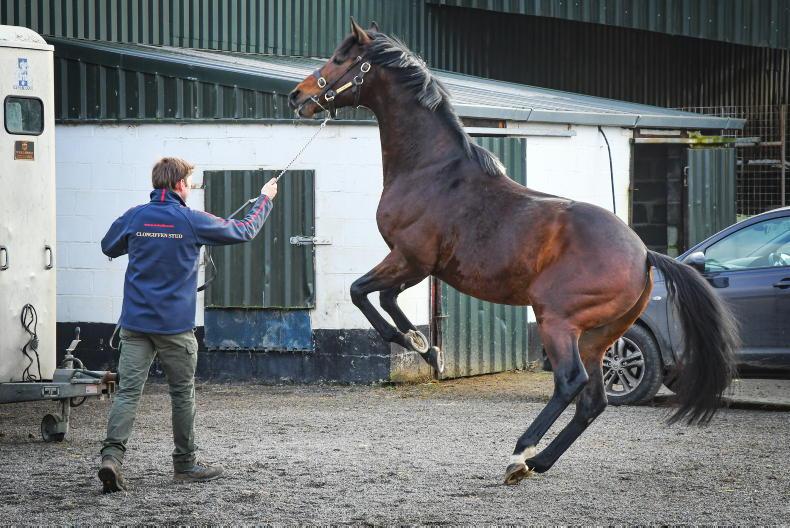

 This is a subscriber-only article
This is a subscriber-only article
 It looks like you're browsing in private mode
It looks like you're browsing in private mode




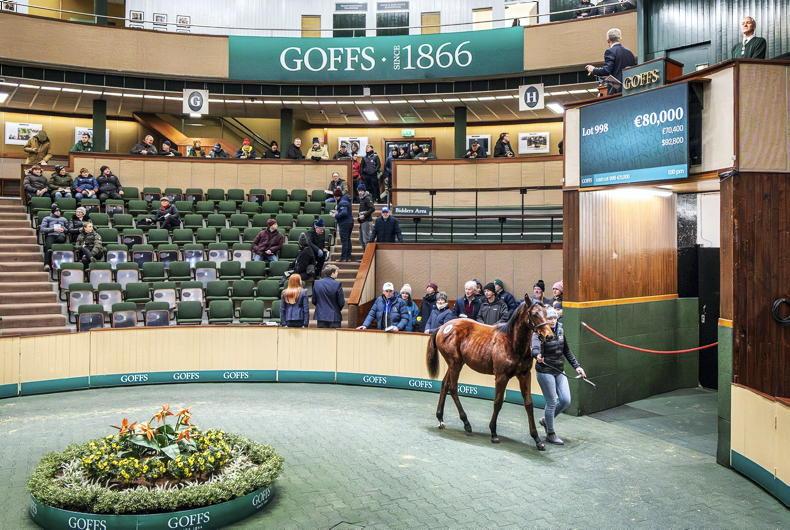
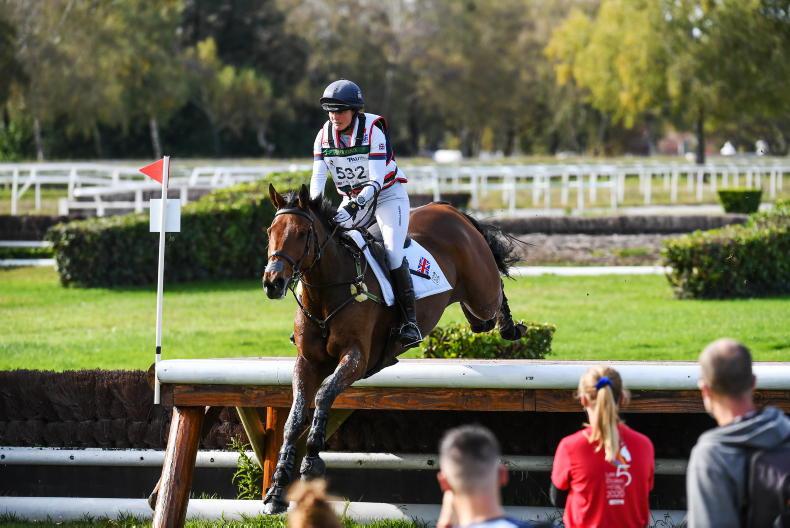

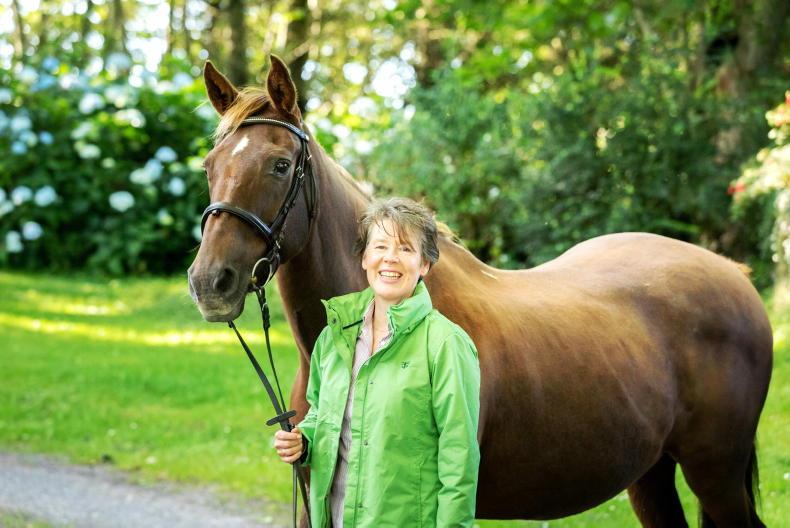
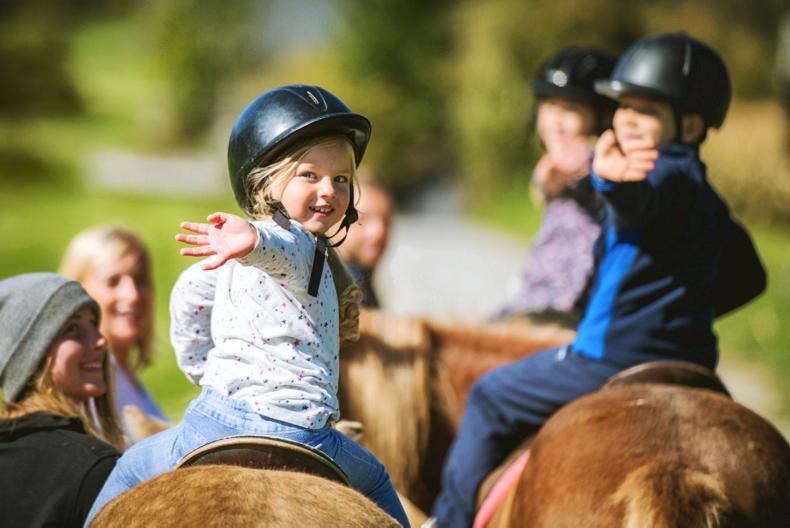
SHARING OPTIONS: